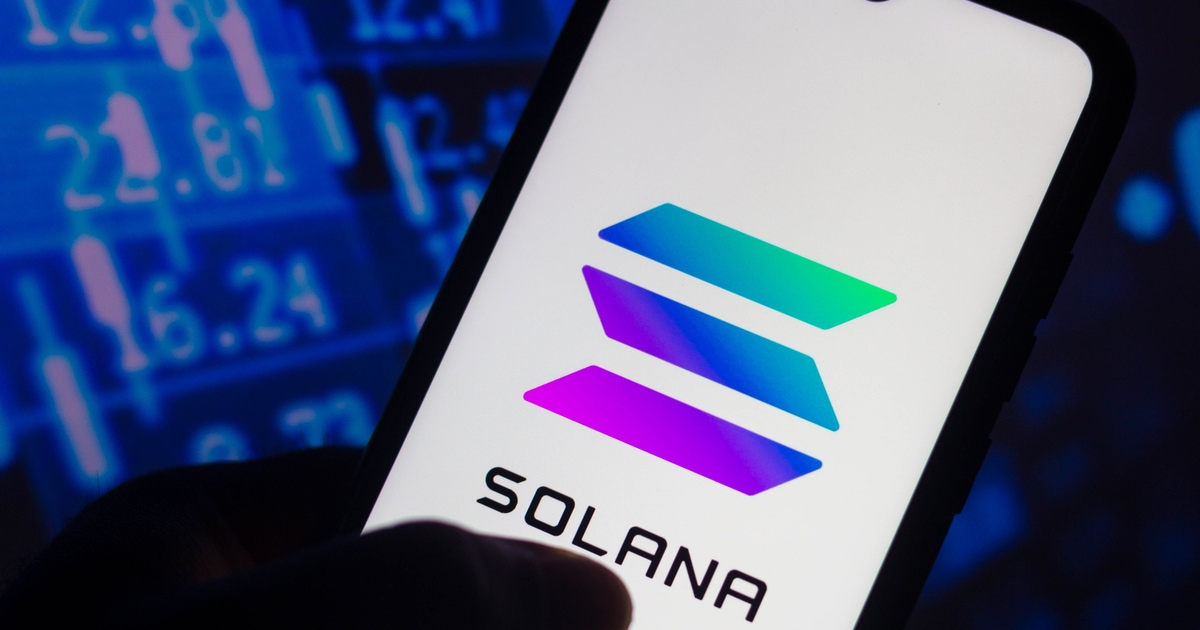Solana SOL Maintains $7.2 Billion Market Cap Despite SEC's Security Claim in Q2 2023
Zach Anderson Jul 13, 2023 08:59
Solana, the high-performance, open-source blockchain, faced a challenging Q2 2023, marked by regulatory hurdles and a decline in its market cap and revenue. However, the network also saw a surge in fee-payer activity and an increase in non-vote transactions, indicating continued user engagement and network utility.

According to Messari, Solana, the high-performance, open-source blockchain, faced a challenging Q2 2023, marked by regulatory hurdles and a decline in its market cap and revenue. However, the network also saw a surge in fee-payer activity and an increase in non-vote transactions, indicating continued user engagement and network utility.
The market cap of Solana (SOL) declined by 9.2% after the Securities and Exchange Commission (SEC) alleged that SOL is a security in its regulatory actions against Coinbase and Binance. This led to some exchanges, such as Robinhood, announcing plans to delist SOL. Despite these challenges, Solana concluded the quarter as the 10th largest cryptoasset by market capitalization, reaching $7.2 billion.
Solana's revenue, measured in SOL, decreased by 15% QoQ as the utilization of priority fees cooled off during Q2. This decline was due to fewer users opting to pay priority fees, leading to a drop in the network's average transaction fee.
Despite these setbacks, Solana saw a surge in fee-payer activity in May 2023, driven by user accounts interacting with an unknown program. This led to a 15.9% QoQ increase in the average Unique Fee Payer metric. Additionally, average daily non-vote transactions increased by 24.1% QoQ, suggesting sustained economic activity on the network.
Staking on the Solana network remained stable throughout Q2, while the average number of validators decreased by 21.1% QoQ. The Solana Foundation continued its growth initiatives, including Convertible Grants, a $10 million AI Fund, and the announcement of Grizzlython winners.
In terms of ecosystem development, Solana's DeFi sector saw significant growth, with Solend surpassing Orca as the largest DeFi protocol on Solana. Solend's TVL grew by ~59% QoQ, contributing to new capital inflow into the Solana DeFi ecosystem.
The NFT sector on Solana also saw continued development, despite a 41.5% decrease in secondary market sales volume denominated in USD. The Solana Foundation announced state compression, a cost-efficient method for storing data on-chain, which was quickly leveraged by various projects.
Looking ahead, Solana plans to continue its wide-reaching growth strategies, despite the regulatory challenges faced in Q2. Key developments to watch include the progress of Firedancer, the introduction of the new token standard Token-22, the launch of Neon EVM, and the expansion into AI.
In conclusion, while Solana faced significant challenges in Q2 2023, the network's continued growth in user activity and ecosystem development indicate its resilience and potential for future growth. However, the outcome of the SEC actions remains a key factor that could impact Solana's performance and market position.
Image source: Shutterstock.jpg)

